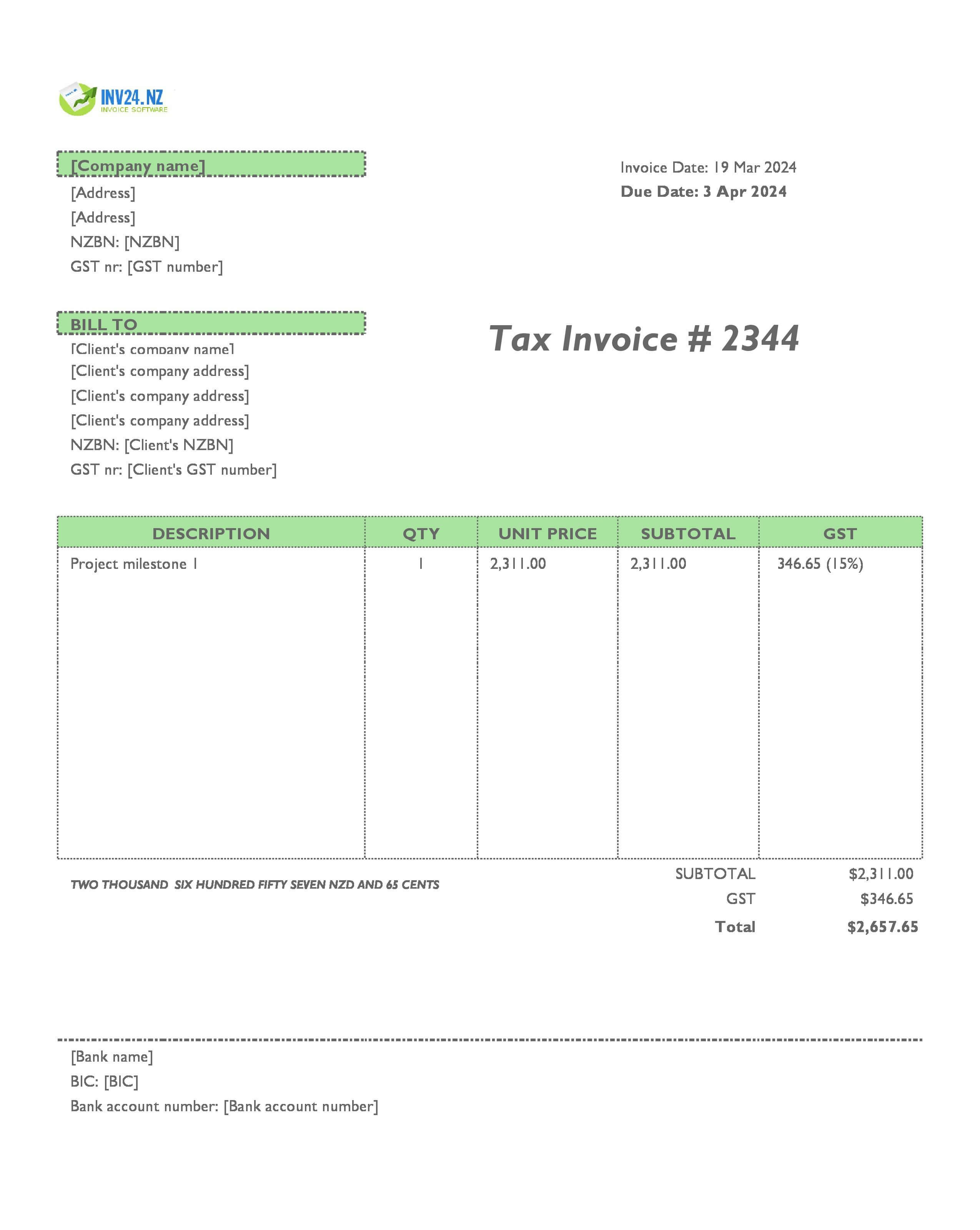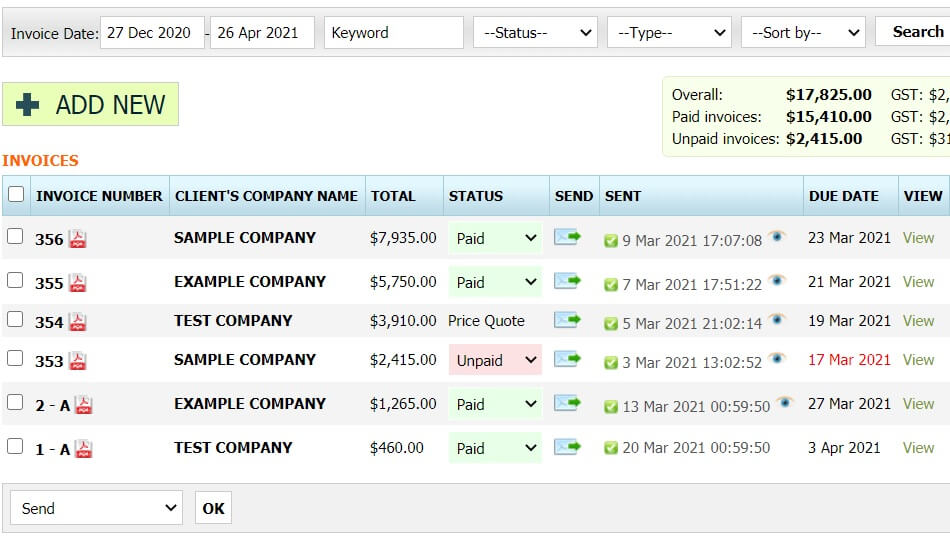Progress Invoice in New Zealand
A progress invoice is used when invoices are sent to the customer in incremental stages. In other words, the client is invoiced for the completed percentage of the work on the project. Take the example of construction projects. These types of projects can take many months or even years to complete. This means that it is not feasible for the general contractors to request payment or send an invoice at the end of the contract. So instead, they send progress invoices in line with when the project moves forward. For instance, the first invoice can be sent on completion of demolition, the second, once foundation is completed, the third, when framing is done and so on.

Progress invoices are also commonly used by consultants and freelancers when they enter into a long-term project as it helps to keep liquidity and cash flow active. The following table outlines the advantages and disadvantage of using progress invoices.
| Advantages | Disadvantages |
| A progress invoice helps with enhanced liquidity and working capital management. The business continues to be paid, with the pace of the project, instead of waiting for completion. | The seller needs to generate multiple invoices for a single project. Hence, there are increased administrative hustles. |
| The client is only requested for the work completed. So, it is easy for them to correlate if the payment demand from service providers is fair. Hence, it helps with transparency. | The service provider is responsible for keeping detailed records for the invoices sent. Otherwise, it might be difficult to track things later. |
| Progress invoices are considered flexible in terms of timing and work schedule. In other words, the customer only pays when they receive services. This makes it a win-win situation. | If milestones for payment are not agreed upon in advance, there may be a dispute about the timing of the invoice. |
| It is a great way to manage the risk for both the seller and the buyer. For sellers, liquidity risk is managed effectively. For the buyer, the risk of non-performance by the service provider is mitigated. | The work of accountants and bookkeepers is increased as they need to take care of multiple invoices instead of one for the full project. |
Email Template for Progress Invoice
Hello {Name of the customer},
This email intends to communicate that progress invoice # {XXX} has been generated and attached for your review and perusal. Please note that the project is progressing in line with the schedule, and we need your continued support in terms of payment.
Payment details:
{Bank accounts detail}
{Payment link if applicable}
Invoice details:
Invoice # {XXX}
Invoice date: {DATE}
Invoice due date: {DATE}
Invoice amount: {AAAA}
Invoice Description: {It is a good idea to write the name of the milestone for which payment is being requested}
Thank you for your trust in our services. Further, if you have any questions or queries, please contact us at {Your email address / phone number}.
Best regards,
{Your name}
{Your position in the company}
{Your company name}
How to Create a Progress Invoice
Method 1: Use our simple invoice software
Method 2: Download a free progress invoice template:
Invoicing tools for New Zealand:

